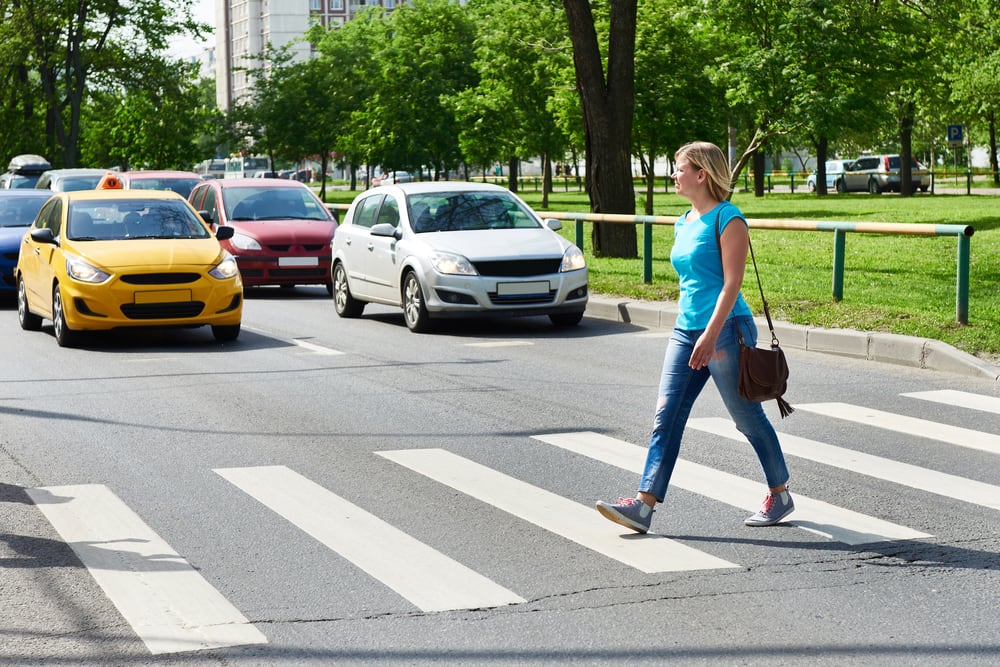

When driving in the state of Washington, there are bound to be any number of times when you will have to stop or slow down to allow another vehicle or a pedestrian to proceed. Even in the absence of signals or signs, there are rules, and failure to observe them can result in penalties, not to mention the possibility of an accident. To stay safe, and to ensure the safety of those who share the road with you, you need to know the right-of-way laws.
Summary of Washington’s right-of-way laws
The right-of-way laws in the state of Washington can be summarized as follows:
Pedestrians
At an intersection, pedestrians have the right of way, whether or not the crosswalk is marked.
If a pedestrian is in your half of the road, you must stop and yield right of way.
On multi-lane roads, you must yield to pedestrians that are within one lane of your portion of the roadway.
If you are crossing a sidewalk, or leaving an alley, driveway or parking lot, you must yield to pedestrians.
Blind pedestrians are owed a higher standard of care. If a pedestrian is walking with a guide dog, another type of service animal, or using a white cane, then they always have the right of way, even if what they are doing would violate the law if done by a sighted person.
Intersections
If you are turning left, you must yield to oncoming traffic and pedestrians.
If you are entering a roundabout, you must yield to traffic on the left.
If there is no stop sign at an intersection, you must yield to drivers that are already in the intersection, and also to traffic approaching from the right.
At four-way stops, it is first come, first go. But if one or more vehicles arrive simultaneously, then the right of way must be yielded to the vehicle on the right.
When entering a roadway from the roadside, or from an alley, parking lot or driveway, you must give right of way to vehicles already in the roadway.
You must not block an intersection. If you have a green light, but it appears that it could change before you clear the intersection, you may not proceed.
If a train is crossing the roadway, you must yield – this is just common sense, since there is no way that the train will be able to stop for you.
Emergency vehicles
If an emergency vehicle is approaching from any direction, and using its siren and/or flashing lights, you must yield.
If the light is red, just remain where you are. Otherwise, pull over to the right as soon as you can, but do not block the intersection. Clear it and then pull over.
Common misconceptions about Washington right-of-way laws
Washington is different from many states in the way that it handles bicycle traffic. If you think that bicycles are subject to the same right-of-way laws as motor vehicles, you would be right if you lived in just about any other state. In Washington, though, you must yield right of way to bicycles in intersections and crosswalks in exactly the same way you would yield to pedestrians.
Penalties for failure to yield
Washington does not have a points system, but if you incur 4 moving violations in a year, or 5 in 2 consecutive years, your license will be suspended for 30 days. You will also be given a $48 fine for failure to yield to ordinary traffic and pedestrians, and $500 for emergency vehicles.
For more information, refer to the Washington Driver Guide, Section 3, pages 20-23.



